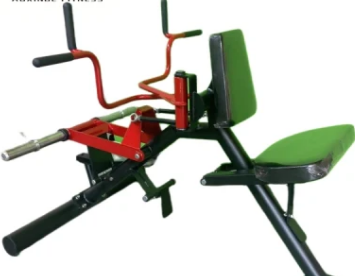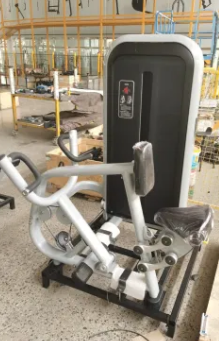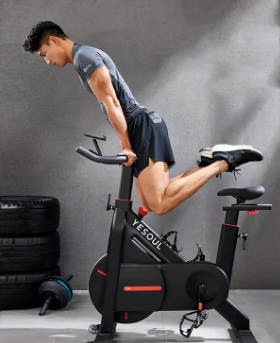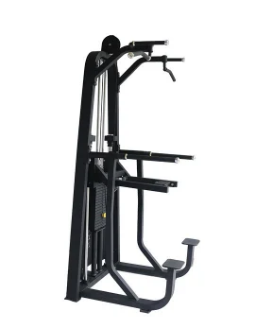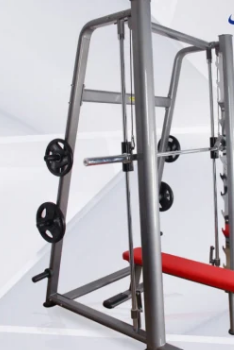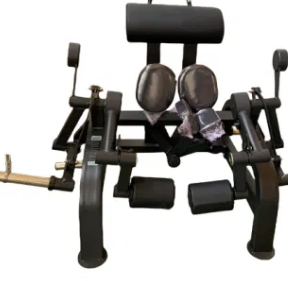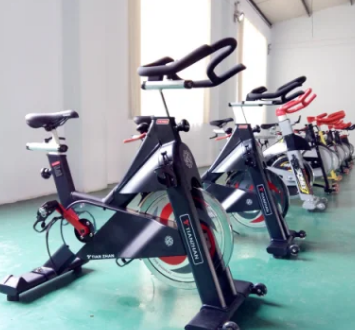New Design Strength Training Indoor Sports and Entertainment Fitness Equipment
Designing new strength training indoor sports and entertainment fitness equipment requires a thoughtful approach that considers both functionality and user experience. Here are some key factors to consider when designing such equipment:User-Centered Design: Prioritize the needs and preferences of th......
Send Inquiry
Product Description
Designing new strength training indoor sports and entertainment fitness equipment requires a thoughtful approach that considers both functionality and user experience. Here are some key factors to consider when designing such equipment:
User-Centered Design: Prioritize the needs and preferences of the users. Consider the target audience's fitness levels, goals, and any special requirements they may have.
Versatility: Create equipment that offers a variety of exercises targeting different muscle groups. Versatility encourages users to engage in full-body workouts and prevents equipment from becoming monotonous.
Safety: Safety is paramount. Ensure that the equipment is designed with proper ergonomics, padding, and safety features to prevent injuries during use.
Innovative Features: Incorporate innovative and unique features that set your equipment apart from the competition. This could include advanced resistance mechanisms, interactive technology, or gamified elements.
Interactive Technology: Consider integrating digital interfaces, touch screens, or smartphone apps that provide users with workout guidance, progress tracking, and entertainment options.
Space Efficiency: Indoor gyms often have limited space, so design equipment that maximizes functionality while minimizing its footprint.
Aesthetics: Create visually appealing designs that align with modern fitness trends and the overall atmosphere of the gym.
Customizability: Allow users to adjust settings, resistance levels, and seating positions to accommodate various body sizes and workout intensities.
Durability: Use high-quality materials that can withstand frequent use and resist wear and tear over time.
Accessibility: Ensure that the equipment is accessible to users with different abilities and mobility levels. Consider features that make adjustments easy for all users.
Comfort: Ergonomics and user comfort are crucial. Design seats, handles, and grips that provide a comfortable and secure workout experience.
Biofeedback: Incorporate features that provide users with real-time feedback on their performance, helping them monitor progress and adjust their workouts accordingly.
Modularity: Consider designing equipment with modular components that allow for future upgrades or additions.
Maintenance and Cleaning: Design equipment that is easy to clean and maintain. Components should be accessible for repairs or replacements if needed.
User Flow: Arrange the equipment within the gym layout to ensure a smooth and logical flow for users moving from one piece of equipment to another.
Sound and Noise: Minimize noise and vibrations generated by the equipment to create a comfortable environment for users and those around them.
Sustainability: Whenever possible, incorporate sustainable materials and production practices to reduce the environmental impact of your equipment.
Testing and Feedback: Conduct thorough testing with a diverse group of users and gather feedback to identify any usability issues or areas for improvement.
Compliance: Ensure that your equipment meets safety and regulatory standards in the fitness industry.
Branding and Marketing: Consider how the design aligns with your brand identity and marketing strategy. A visually appealing and functional design can attract users and enhance the gym's reputation.
Ultimately, the design of strength training indoor sports and entertainment fitness equipment should prioritize user satisfaction, safety, and effective workout experiences. Collaborating with fitness experts, engineers, and designers can help ensure that your equipment meets both technical and user-centered requirements.


